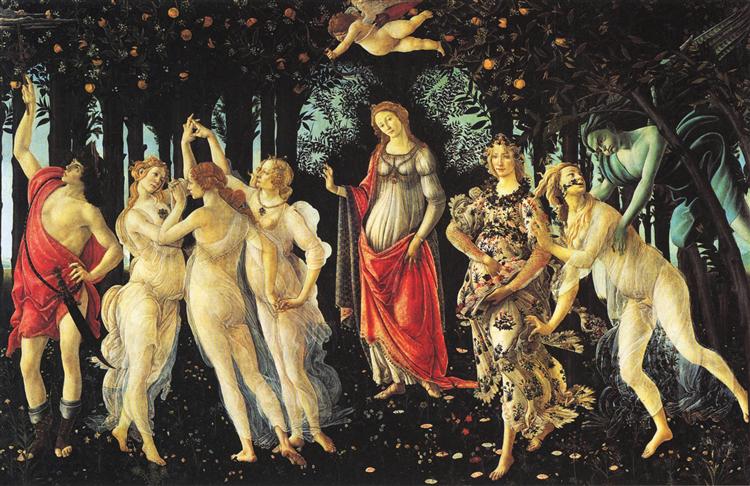The Madonna of the Book is the greatest work of Sandro Botticelli, who lived at the same time as Leonardo da Vinci and Rafael Santi.
Botticelli in his work very often resorted to the image of the image of the Madonna. The painting “Madonna of the Book” stands apart in the artist’s work.
In the 15th century, a book was a luxury item, few could buy it, and even fewer could read. In the Middle Ages, it was believed that a person who could read was either a saint or a sorcerer. According to one version of art critics, the painting depicts Mary, who teaches the little Christ to read. Also, the researchers installed a book that Botticelli portrayed. This is “The Book of Hours of Mary”, with this the artist shows the primacy of the church and its significance.
The painting “Madonna of the Book” is full of symbols. Nails and a crown of thorns foreshadow the trials that fate has in store for the baby. Cherry berries are also symbolic. They symbolize eternal life in paradise for a person who leads a righteous life.
In the later period of Botticelli’s work, the images in the paintings become more complex, emotions appear on their faces: sadness, uncertainty.
In the image of the Madonna, the artist is looking for the ideal of beauty. He creates her light, sublime, her whole appearance radiates harmony and spiritual beauty.
Year of painting: 1479.
Painting dimensions: no data.
Material: no data.
Writing technique: no data.
Genre: religious painting.
Style: early Renaissance.
Gallery: Poldi Pezzoli Museum, Milan, Italy.



